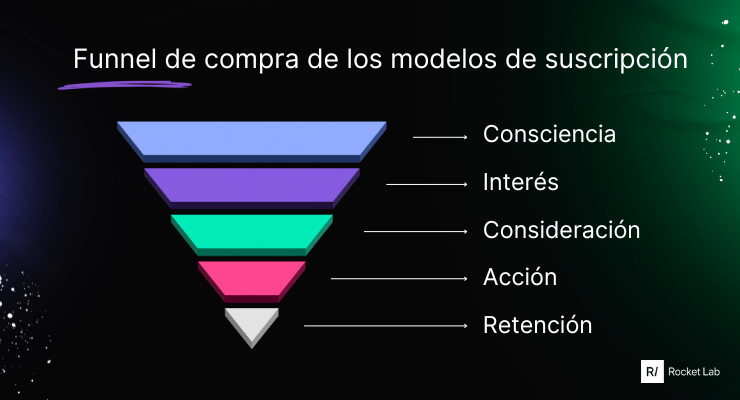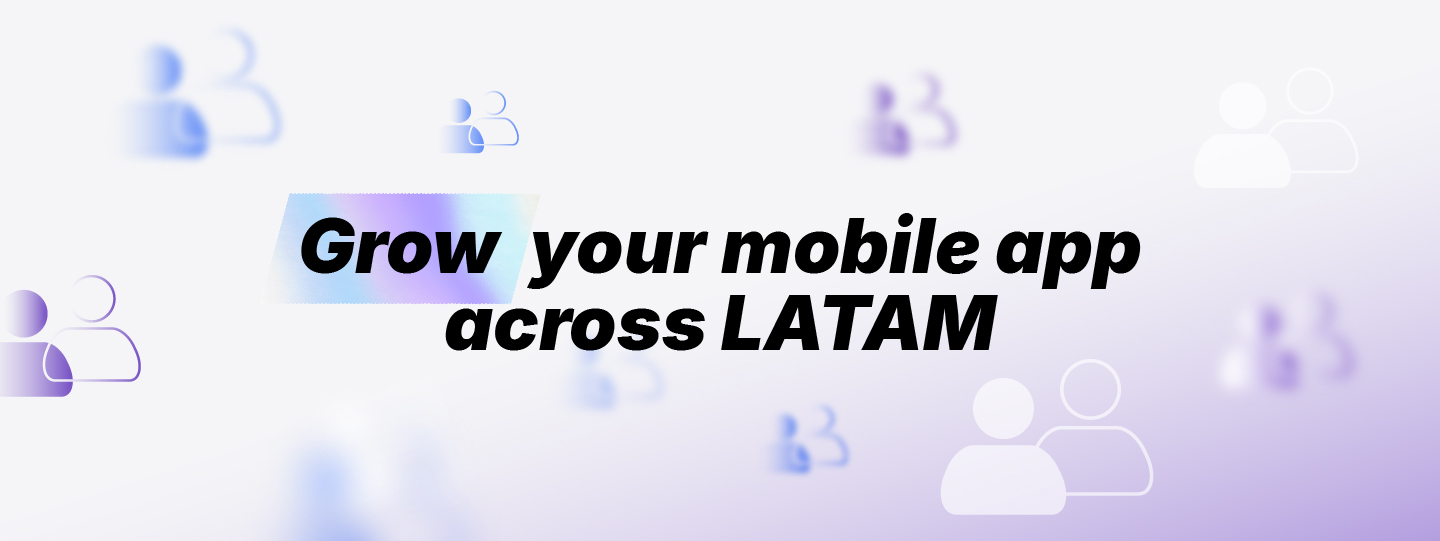
In this article, we delve into the estimated CAC and other important aspects of an effective retargeting strategy.
Calculating the estimated CAC (Customer Acquisition Cost) involves considering various factors and making an estimate based on your marketing data.
Decide on the time period you want to analyze. CAC is usually calculated on a monthly, quarterly, or annual basis.
You'll need information about marketing costs and the number of new customers acquired in the chosen period. Make sure the data is consistent in terms of time and currency. The data to collect includes:
Cost of Marketing (CM): This includes all expenses related to your marketing efforts during the selected period. It can encompass online advertising, promotional events, marketing team salaries, and other related expenses.
New Customers Acquired (NC): Determine how many new customers you acquired during the same time period.
Once you have the data, you can calculate the estimated CAC using the following formula:

 Example:
Example:
Let's say that during the month of August, your company spent $10,000 on marketing strategies and acquired 100 new customers.
CAC = $10,000 / 100 = $100
The estimated CAC for August would be $100.
Once you have calculated the estimated CAC, analyze the result. A lower CAC is usually better, as it means you are acquiring customers at a more efficient cost.
The type of app, whether it's e-commerce, retail, streaming, etc., significantly affects CAC. Some niches are more competitive than others, which can increase acquisition costs.
The geographic location of your target audience also plays a significant role, as advertising costs can vary considerably by region or country.
The perception of your brand within its industry or sector will influence CAC. A strong brand can often attract customers at a lower cost.
The larger the audience you're targeting, the more opportunities you're likely to have for conversions and, therefore, a potentially lower CAC.
Daily advertising investment is a critical factor. Investing too little can slow down the algorithm's "learning" process and ultimately make it challenging to achieve an optimal CAC.
The audience you're segmenting will also affect CAC. Some users may require more effort to convert, which could increase the cost.
Creative ads are crucial for retargeting. Promotions, featured products, and specific messages can influence CAC.
The time of year also plays a significant role. During high-demand seasons like Christmas or Black Friday, advertising costs usually increase, affecting CAC.
But how long does it take to reach a target CAC?
This will depend on the daily investment and the number of conversions you obtain.
The relationship between Customer Acquisition Cost (CAC) and retargeting strategies is important and direct, as retargeting is one of the tactics that can significantly influence CAC.
When you retarget users who have already interacted with your brand or app, they are more likely to convert compared to completely new users. This is because they have already shown interest in your product or service. As a result, the cost of acquiring a customer through retargeting tends to be lower compared to other customer acquisition strategies.
Retargeting strategies often include personalized messages and offers, which can improve conversion rates. When users see relevant ads tailored to their needs and previous behavior on your site, they are more likely to take action and become customers, ultimately reducing the CAC.



Retargeting in apps offers the opportunity to target various audiences that have previously interacted with your app.
If you have an e-commerce app, you can retarget users who added products to their cart but didn't complete the purchase. You can remind them of the products in their cart and offer incentives to finalize the purchase.
If your app has multiple sections or features, you can retarget users who visited specific pages. For example, if you have a news app, you can show ads related to news topics the user has explored before.
If your app requires registration, you can retarget users who registered but did not complete a specific action, such as making a purchase or using a key feature.
In this model, you pay for every thousand impressions of your ads, regardless of whether users click on them or not.
Advantages: You can increase brand visibility and reach a wide audience.
Here, you pay for every click users make on your ads. The target CPA is a dynamic cost goal based on the past performance of an advertising campaign. Optimization algorithms automatically adjust ad bids to try to achieve a specific or desired CPA.
Example
If a company has a target CPA of $10 and the campaign achieves a CPA of $8 on one day and $12 on another, the optimization algorithm will adjust bids to try to stay close to the target CPA of $10.
The choice of the best retargeting model depends on your goals and resources.
Ultimately, the choice of model should be based on your specific retargeting goals and business strategy. It's important to test and adjust to determine what works best for you.
Retargeting on Google, Facebook (Meta), and DSP (Demand-Side Platform) are three distinct approaches to reaching users who have previously interacted with your app or other digital assets.
Google offers a retargeting option through its advertising platform, Google Ads. This allows you to display personalized ads to users who have visited your app, or interacted with your search or display ads on the Google network.
Advantages:
Extensive reach due to Google's popularity as a search engine.
Ability to retarget on Google Search and on sites within the Google Display Network.
Disadvantages:
Limited to Google's ecosystem, so it doesn't reach users outside of its network.
Competition can drive up advertising costs.
Facebook allows retargeting through its advertising platform, Facebook Ads, and Instagram Ads. You can display ads to users who have interacted with your Facebook page, Instagram, or app.
Advantages:
Advanced targeting based on interests, demographics, and behavior.
Extensive reach on the Facebook and Instagram networks.
Disadvantages:
Limited to the Facebook platform, so it doesn't reach users outside of its network.
Users may be less receptive to advertising on social networks.
DSPs are platforms that enable advertisers to purchase advertising space on multiple websites and apps in real time. You can use a DSP to display ads to users who have interacted with your app across a wide range of online sites and apps.
Advantages:
Greater reach, as it can reach a wide variety of websites and apps.
More control over strategy and bids.
Disadvantages:
May require technical expertise to set up and optimize campaigns.
Costs may vary depending on the DSP platform and inventory.
Retargeting is a powerful strategy that allows you to reach highly specific audiences who have already shown interest in your app. Whether through Google, Facebook, or other retargeting platforms, you can re-engage inactive users, recover abandoned carts, and effectively increase conversions.
However, when it comes to retargeting in mobile apps, DSP platforms with good inventory can provide additional advantages. These advantages include a broader reach across a variety of websites and apps, greater control over your strategies, and the ability to optimize your campaigns more precisely.
Having the support of digital marketing experts who understand the intricacies of retargeting mobile apps is essential. Professionals can help you design effective strategies, properly segment audiences, and maximize your return on investment. Their knowledge and experience are valuable for successfully and sustainably growing your app.
Mobile app retargeting, supported by experts and quality DSP platforms, can be a key tool for the growth and success of your app. Leverage this strategy to optimize your conversions, improve user retention, and achieve your business goals.
.png)
Published Dec, 23, 2025
